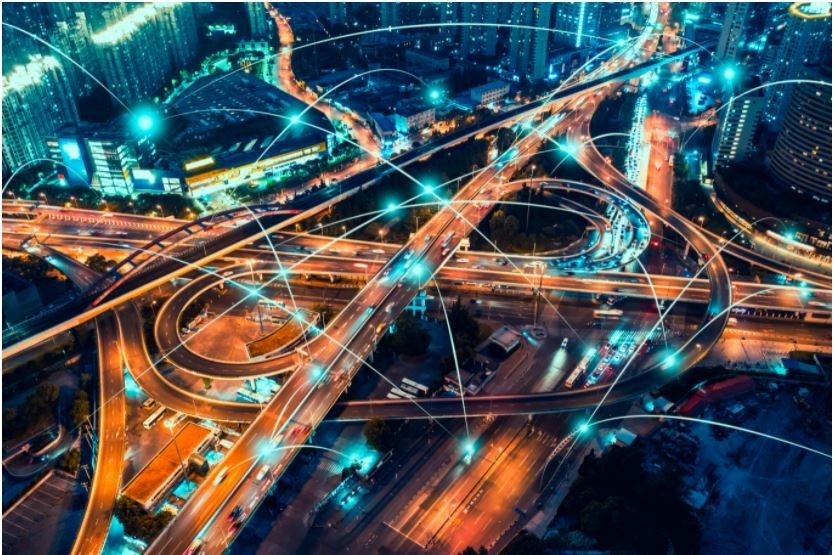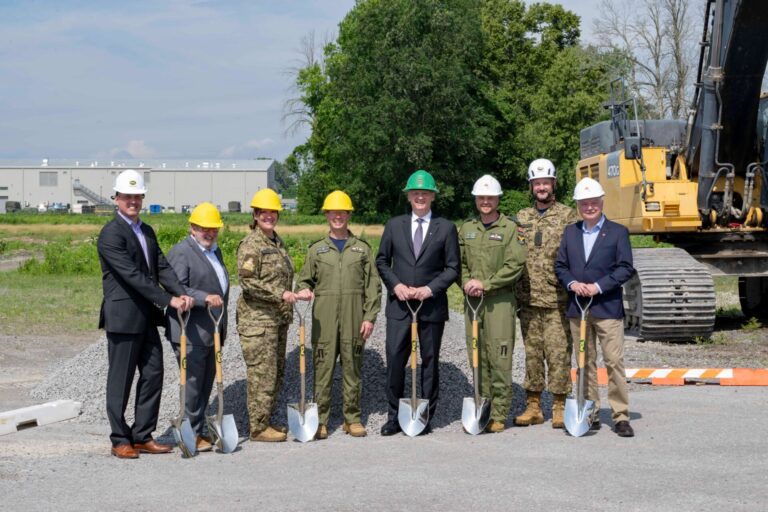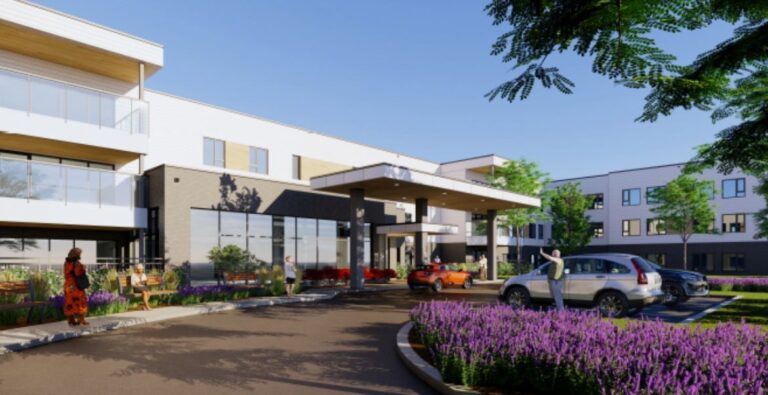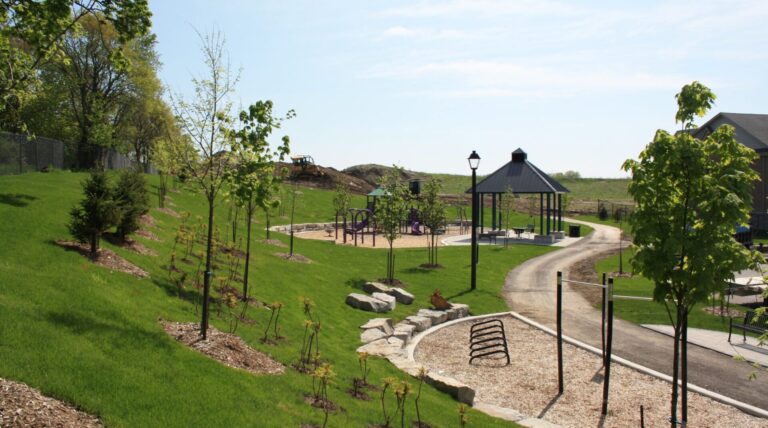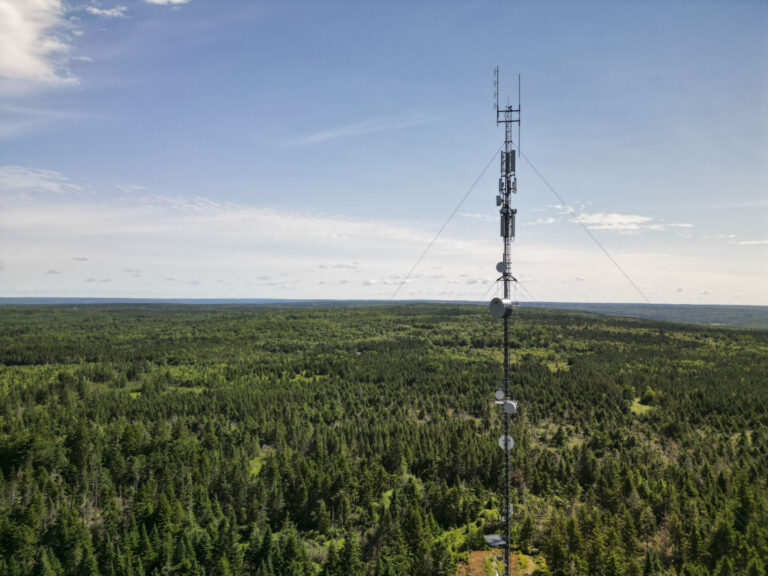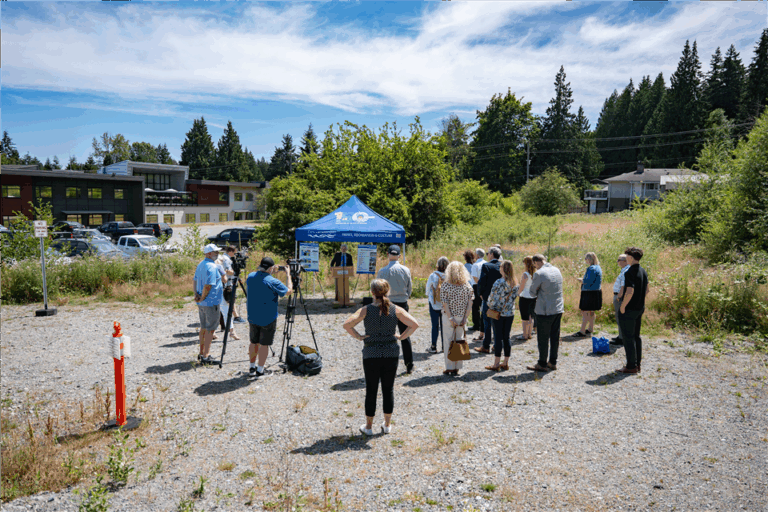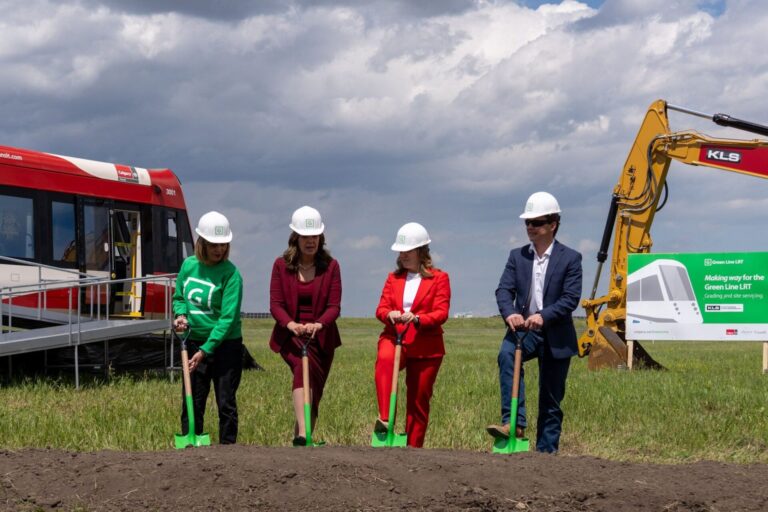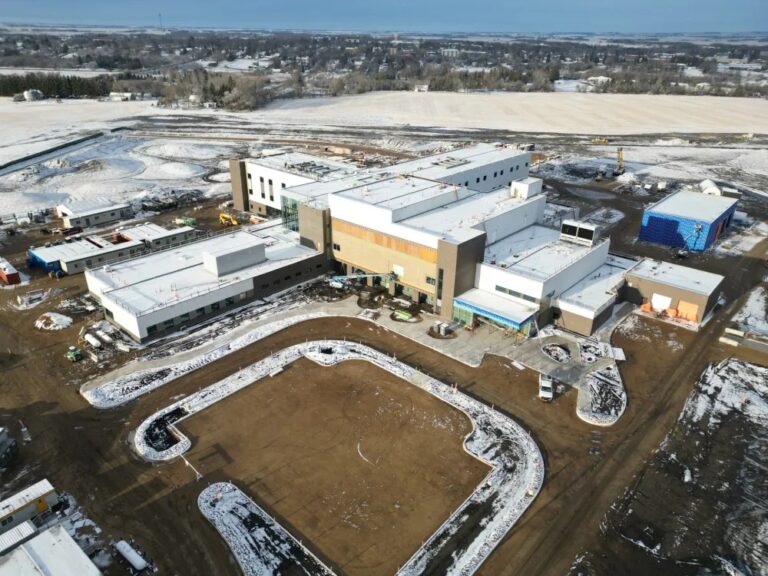Schneider Electric has introduced Infrastructure of the Future, an integrated solutions suite tailored to creating smart, green infrastructure.
According to the company, Infrastructure of the Future is a powerful holistic approach to power tomorrow’s businesses and economies while tackling the challenges of ongoing global urbanization and the causes and impacts of climate change. Its integrated solutions encompass software for data-driven insights, services for enhanced operations and business continuity, solutions for electric mobility and green technologies and programs to accelerate the energy transition.
“Resilient infrastructure is a key enabler of productivity and economic development. However, climate change and rapid growth in urbanization have made it even more crucial for governments, municipalities, public infrastructure owners, energy networks, and transport providers to make well-planned investments in smarter, greener solutions to support economic growth,” said Frédéric Godemel, EVP for Power Systems and Services at Schneider Electric.
The rising number of extreme weather events around the world is a leading cause of disruption to power, water and transport infrastructure. This disruption takes a $300 billion toll on businesses every year. Moreover, with more than six billion people projected to be living in urban areas by 2050, demand for resilient, low carbon infrastructure is rising. Cities will need to handle mass adoption of electric vehicles (EVs), electrified public transport and smart buildings supplied with reliable and renewable sources of energy and new microgrid technologies.
“In a time of climate change, intensifying natural disasters and rapid urbanization, infrastructure systems are under immense pressure to deliver resilient and reliable services. With urban environments also relying heavily on infrastructure’s ability to handle electrification of public transport, we need a green revolution in infrastructure to keep energy flowing, transport moving and protect business and society against climate change,” he added.
The expansion of population and growth in demand for energy will also lead to fluctuating demands and the development of energy ‘prosumers’ with self-generated power sources. This will put further stress on aging energy infrastructure, which will need to be more efficient and resilient to stay ahead of the energy transition.
Data-driven Infrastructure of the Future
Uniquely tailored for urban infrastructure, Infrastructure of the Future comprises a set of open and interoperable software solutions that help infrastructure owners bridge progress and sustainability for all, including:
- EcoStruxure for E-mobility: an end-to-end connected solution that goes beyond EV chargers that is easy to install, maintains buildings’ power reliability and provides a convenient experience for EV drivers.
- ETAP Train Power Simulation – eTraX: validated, user-friendly and flexible software tools for designing, analyzing and managing AC and DC railway infrastructure by ETAP (part of Schneider agnostic software portfolio).
- AVEVA Unified Operations Centre: a central hub solution for infrastructure operators that transforms the control room into a collaborative workspace.
- EcoStruxure Energy and Sustainability Services: energy and sustainability expertise to help companies turn energy into a controllable spend, increase efficiency and meet sustainability goals.
- EcoStruxure Microgrid Advisor: a cloud-based, demand-side energy management software platform that allows users to collect, forecast, and automatically optimize the operation of distributed energy resources using predictive algorithms.
Featured Image: Schneider Electric Introduces Infrastructure of the Future (CNW Group/Schneider Electric Canada Inc.)

